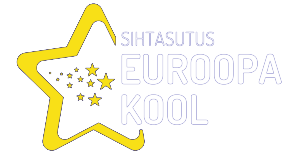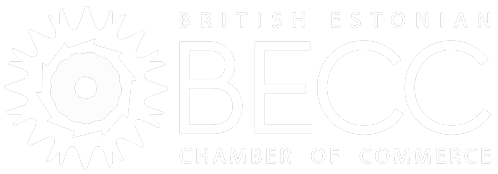Our school building
After five years of continuous development in Ülemiste, Tallinn European School has moved in August 2018 to a new school building located on Tehnika 18. In this fully renovated building, our school benefits from more spacious, new and high-quality facilities, with all the integrated services to provide the best education to its pupils. Tallinn European School will continue growing, and Tehnika 18 will continue its centennial history of educational purpose.
Tallinn European School has been continuously growing these last five years and it now needs a bigger building so that all the children can learn in the best conditions. With the entire renovation of the existing building and the construction of the new school premises, Tallinn European School provides a spacious and high-quality learning environment. The school integrates a canteen, a library and a gym, in addition to around 40 classrooms of all sizes. The children can also enjoy many common areas where they can meet, play or rest.
The building’s total area is approximately 7200 m2, distributed over 4 floors and three blocks: the historical part, block A, the new part, block B, and the gym, block C.
The centennial historic building is a protected Estonian architectural heritage. Its main points of interest are the neo-Gothic style elements, for example the composition of the rose window, pointed-arch windows and steep gables. The wooden ceiling interiors are largely intact and have been restored along with the windows and hinges.
Tehnika 18 is located in the heart of Tallinn, a few steps away from the Old Town and the central railway station of Baltijaam. It benefits a green and residential environment, with attractive areas as Kelmiküla, Kassisaba, Pelgulinn and Kalamaja in the surrounding area, and three parks close by, Toompark, Lindamäe Park and Hirvepark. It is also neighbour with the creative district of Telliskivi and the Balti jaam market.
The school is especially well-connected by public transport. The bus stop Kelmiküla, situated in front of it, hosts 3 trolleybus lines (1, 4 and 5) and 6 bus lines (22, 40, 41, 41b, 43 and 59). In addition to these numerous options, many trains coming from all directions serve Balti jaam daily. Trains, trolleybuses and buses are free of charge for all Tallinn residents owning a registered Smartcard (green card).
Distances and timing:
- Toompark: 220 m, 3 minutes by foot
- Baltijaam train station: 750 m, 9 minutes by foot, 2 minutes by car
- Telliskivi: 750 m, 9 minutes by foot, 2 minutes by car
- Raekoja plats (heart of the Old Town): 1,3 km, 15 minutes by foot
- Salme kultuurikeskus: 1,6 km, 19 minutes by foot, 5 minutes by car
- Seaplane Harbour Lennusadam/future eu-LISA HQ: 2,3 km, 30 minutes by foot, 3,5 km, 8 minutes by car
More information about the trains
More information about Tallinn public transport system
More information about the Smartcard
When coming by car, please note that for security reasons, it is not be possible to access and to park within the school area. There are several parking options in the surrounding area. It is possible to park along Tehnika street, on Suve and Sügise streets, or on the other side of the railway on Rohu or Saue streets. Parking is free for 15 minutes with a parking clock and totally free on the other side of the railway.
The building has a rich history. It is mainly known by Estonians as the Railway School of Tallinn, which has occupied the building until August 2016, but it was also home for several other schools and institutions.
The first constructions date from 1880, when the Tallinn Railway Technical school was established. The main body of the school was constructed in 1895, as a wooden building that no longer exists.
Between 1926 and 1937, the building was occupied by Prantsuse Lütseum, the Tallinn French School, before the Tallinn Railway Vocational School was back in 1939.
The school building caught fire in 1969. Following its reconstruction in 1978, new 4-story study halls were created and connected directly to the historic school building.
As the heritage of this rich history of railway technical education, the school has kept its own symbol which is still present today, namely the 1949 Škoda factory made, narrow-gauge steam locomotive called Kc4-100. Prior to being permanently placed in the schoolyard in 1974, it served its time in Türi and Virtsu after arriving in Estonia through Latvia in 1963.
Warning: Trying to access array offset on false in /data01/virt71872/domeenid/www.tes.edu.ee/htdocs/wp-content/plugins/elementor/includes/base/widget-base.php on line 224
Warning: Undefined array key -1 in /data01/virt71872/domeenid/www.tes.edu.ee/htdocs/wp-content/plugins/elementor/includes/base/controls-stack.php on line 696








